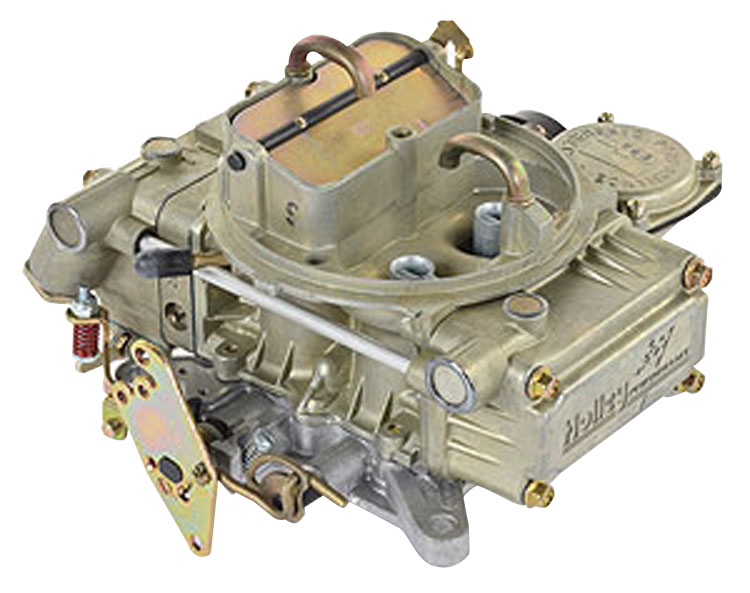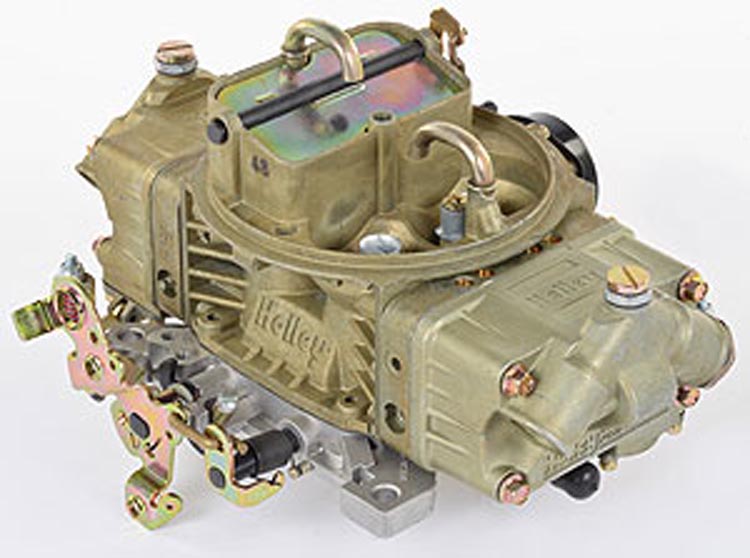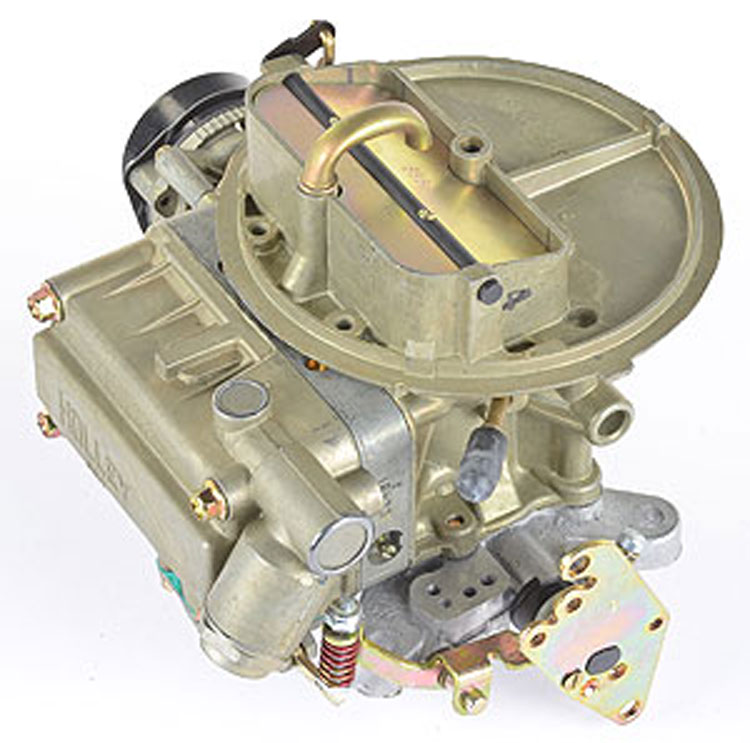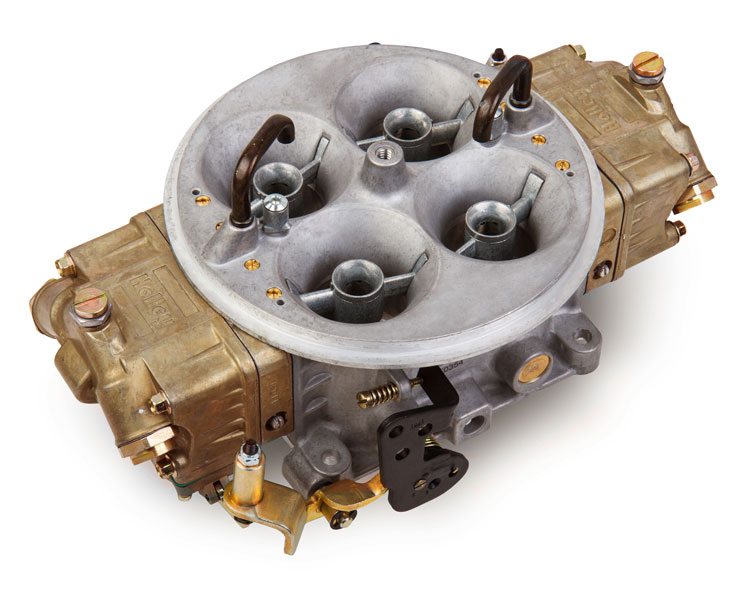
CP Performance Boaters Shopping and Product Info Guide
1-800-225-9871
Marine Carburetors
 |
WARNING!Knowing the difference between the correct marine carburetor and the wrong non-marine carburetor could save your life. READ BEFORE YOU BUY!
|
||||||
|
If it looks like a duck and quacks like a duck, it must be a duck. Right? Well, maybe. Carburetors are carburetors, but only marine carburetors should be used on boats. It's true that marine carburetors started life as regular automotive carburetors but then each took divergent paths. Marine carburetors have certain modifications that make them uniquely adaptable and legal for marine usage. "Legal" meaning that it has the ability to pass the U.S. Coast Guard test for marine carburetors. Folks, I'm not talking about Paris Island here, either. The main qualification that a marine carburetor must meet (as set down by the U.S. Coast Guard) is that if the carburetor should "flood" only .5cc of fuel is allowed to escape in a period of 30 seconds. There's also a " backfire" test which confirms the ability of carburetors/flame arrestor combination to contain the backfire. For this reason a gasket is not used between the carburetor air horn flange and the flame arrestor. It's possible that this gasket could become saturated with fuel (if the carburetor should flood) and become a potential fire source as a result. The primary areas of a carburetor that require some sort of modification to meet these requirements include the fuel bowl vent tubes and throttle shafts. The vent tubes of a marine carburetor are bent inwards so that the tube looks like an inverted "J ". These tubes oftentimes are referred to as "J" tubes, as a result. The reason for bending the tubes inward is that if flooding should occur, the fuel that would normally come out of the fuel bowl vent tube is rerouted back into the carburetor. Throttle shafts also get special machining attention. Shafts are "grooved" and "slabbed" to prevent fuel from exiting out the throttle shaft if flooding should occur. When a carburetor floods, fuel will end up "puddling" on the throttle plates. A non-marine carburetor will allow this fuel to seep out of the throttle shaft ends and onto the manifold. This is not allowed on a marine carburetor because normally the engine is situated in an enclosed bilge where potentially deadly gasoline fuel fumes can accumulate. Throttle shafts that are "grooved" and "slabbed" channel the flooded fuel safely down into the intake manifold. With no raw fuel allowed to puddle on the manifold outside the carburetor, there is no chance of deadly fuel fumes to accumulate in the bilge and no chance of explosion or fire. For these reasons an automotive carburetor should NEVER be used in a marine application. Click on the part number to check pricing or place an order. |
|
||||||
| Square Flange 4 Barrel
|
|||||||
 |
Holley marine Performance four barrel carburetors are available in both the model 4150 and 4160 styles. Sporting universal marine calibrations, these carburetors are available in CFM's ranging from 600 to 850. Depending on carburetor there's a choice of mechanical and vacuum secondaries, manual and electric chokes and single or dual feed fuel bowls. Holley marine carburetors use standard Holley parts and special marine carburetor rebuild kits are available. These carburetors could be used to replace existing Carter AFB/AVS and Holley original equipment carburetors. They're also a good choice for upgrading, say when changing over from a two barrel to a four barrel fuel system.
|
||||||
| 2300 Flange and Square Flange
|
|||||||
 |
Holley marine replacement carburetors are designed as exact replacements for Holley carburetors that were original equipment on various late model Ford, OMC and Volvo marine engines. These carburetors are literally bolt-on replacement for the applications listed. Throttle, choke and fuel connections should hook right up without any problem. Holley makes it easy to regain original equipment response and power with new marine replacement carburetors.
|
||||||
| 4500 Dominator
|
|||||||
 |
The 4500 Dominator marine carburetor is available only with a racing calibration. It's recommended only for all-out racing type engines. The 4500 Dominator uses a special flange that requires either a special manifold or use adapter, like Holley Part Number 17-9. The 7" air horn flange also requires use of a special flame arrestor to accommodate this extra large size. This carburetor is unique in other ways since it does not incorporate a choke nor does it have provision for one. The bottom line is that this is not your ordinary replacement carburetor for your family ski boat!
|
||||||